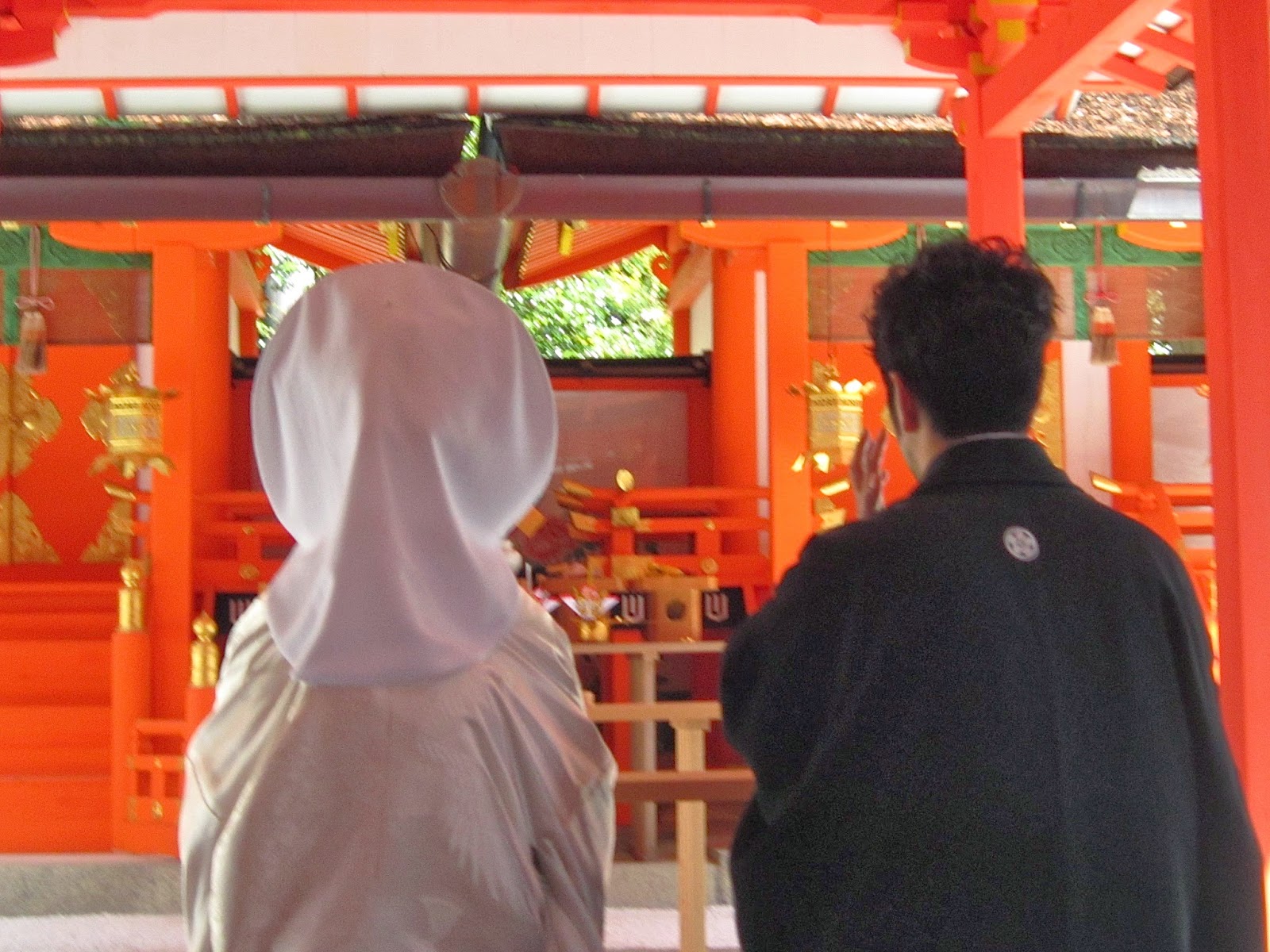Well, hanami (cherry blossom viewing) has officially begun. The warm weather of the last few days has finally brought these shy, delicate flowers out for all of Japan to admire. This ritual has literally been going on for centuries. Once the province only of the Imperial Court hanami now has an almost religious fervor with large festivals, casual picnics and even news forecasts on when and where the sakura are blooming. And just as with the turning of the maple trees in the autumn the arboreal paparazzi turn out with their large, earnest cameras to shoot any floret dressed in a pale pink.
As an amateur photographer I have noticed that they are much more difficult to capture than the autumnal maples. The pale pink or white, almost translucent blossom disappears against the day sky. The trees are still skeletal with no leaves to give volume or depth to the picture.
The sakura bloom for about a week. Strong winds or a heavy rain can significantly shorten the viewing time. It is this transience that makes the sakura so symbolic. They are more than just the beginning of spring for the Japanese. They represent the Buddhist concept of mono no aware, or the impermanence of things, and the serene melancholia that comes with this realization. Like life, one must catch the sakura while one can, before they disappear.



































